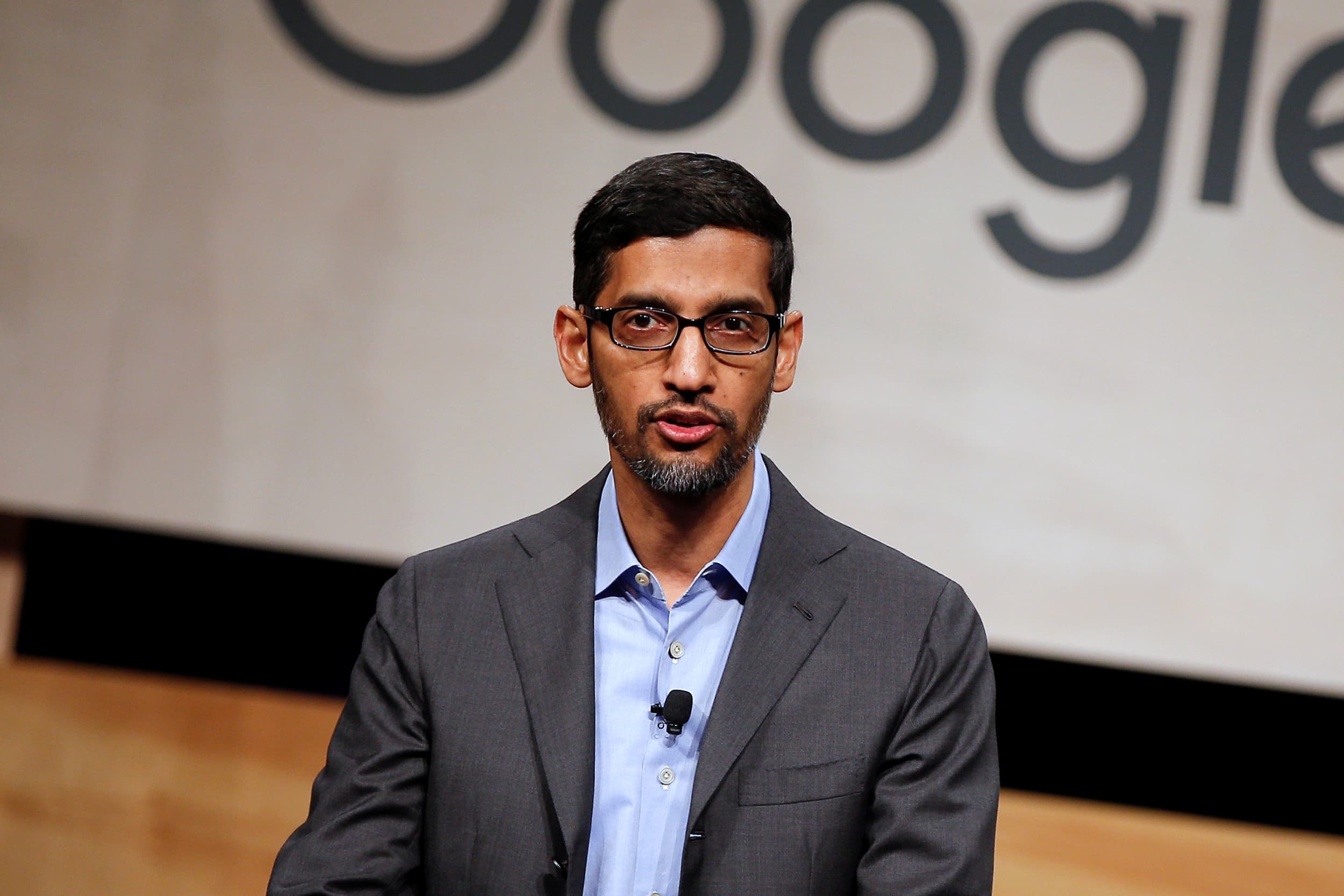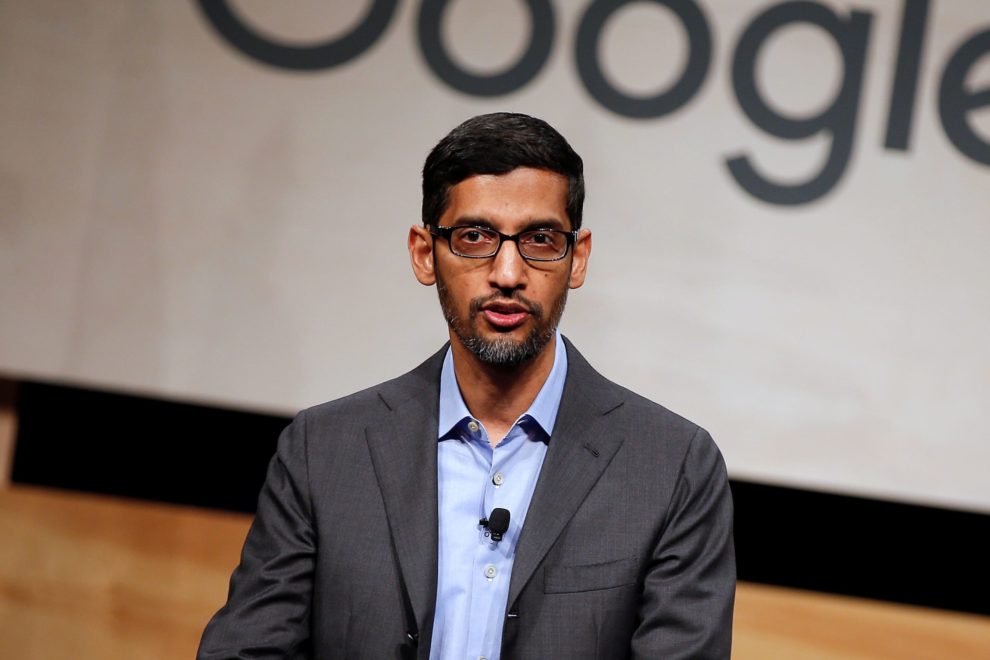
Google CEO Sundar Pichai speaks during signing ceremony committing Google to help expand information technology education at El Centro College in Dallas, Texas, October 3, 2019.
Brandon Wade | Reuters
Alphabet told investors half the story by disclosing YouTube and cloud revenue numbers for the first time.
But what about the other half?
After facing years of criticism for not breaking out sales of some of its biggest businesses, Google’s parent said on Monday that YouTube ads generated $4.7 billion in the fourth quarter, up 31% from a year earlier, while the cloud business climbed 53% to $2.6 billion.
However, unlike Amazon does with its cloud figures, Alphabet isn’t providing profitability numbers, limiting its operating income (or loss) reporting to Google and “Other Bets,” which includes the Waymo self-driving car unit, life sciences company Verily and the venture investment arms.
A glimpse into profits is critical for investors looking to gauge how much Google is spending on sales and marketing in order to play catch-up to Amazon and Microsoft in cloud infrastructure, and whether all the new entrants into streaming video are putting pressure on YouTube margins. On the conference call with analysts, Chief Financial Officer Ruth Porat reiterated the company’s plan to triple the size of its cloud sales force.
Jake Dollarhide, CEO of Longbow Asset Management, which owns Alphabet stock, said shareholders always want more disclosures, but tech companies are so beloved by Wall Street at the moment that they thrive with minimal transparency. Alphabet shares are up 33% in the past year, though the stock fell in extended trading on Monday after the company reported disappointing revenue and a continuing slow decline in overall margins.
“It’s probably less concerning in this environment because these tech companies can do no wrong,” said Dollarhide, whose firm oversees about $110 million and has big positions in technology stocks. “If we ever get back to a normalized market environment, it will be up to the analyst community and investor community to put constructive pressure on them.”
Even within the cloud revenue number, Google is offering only limited detail by packaging together sales from the Google Cloud Platform (GCP), which is the infrastructure piece, with the G Suite productivity suite that includes Docs, Sheets and Slides.
“The growth rate of GCP was meaningfully higher than that of Cloud overall,” Porat said on the call.
When compared to Amazon, which started disclosing AWS figures in 2015, Alphabet has less of an incentive to break out profits. That’s because Amazon’s core e-commerce business runs on razor-thin margins, while AWS is a highly profitable technology business: in the latest quarter, AWS recorded an operating margin of 26% versus 4.4% for the company as a whole.
Google, by contrast, has one of the most profitable products in the world with its dominant search engine, and every other business — no matter how successful — will weigh on the overall margin. Company-wide, operating margin slipped to 20% in the quarter from 21% a year earlier, continuing a multi-year pattern. Between 2015 and 2017, the operating margin was consistently in the mid to high 20s.
An Alphabet spokesperson declined to comment beyond what executives said on the earnings call.
For now, Alphabet can get away with bundling its bottom-line numbers together in part because Microsoft is still providing even less visibility into its Azure public cloud business. Microsoft reported last week that Azure revenue climbed 62% in the quarter from a year earlier, but the company isn’t yet saying what that equals in terms of actual dollars.
— Correction: A previous version of this story misidentified the components of G Suite









